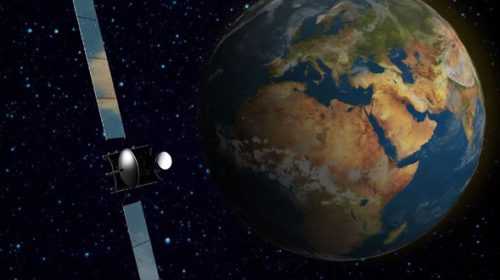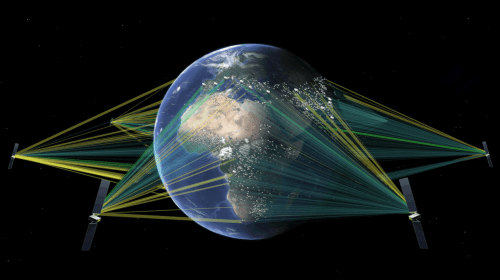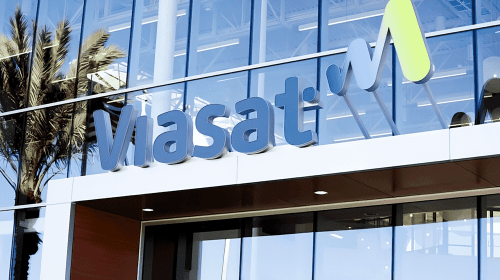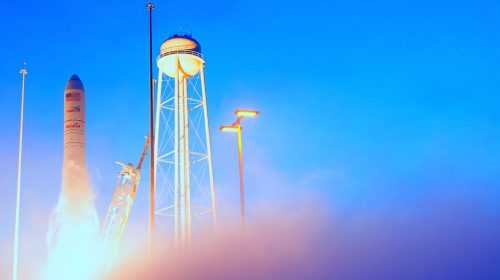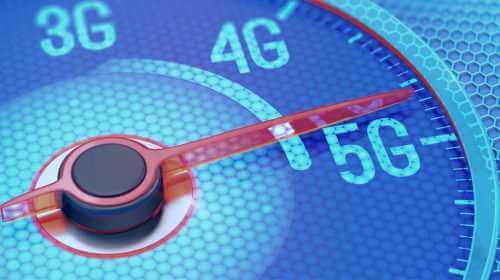Keeping Fast Growing NewSpace Safe
May 23, 2020
Companies like Leo Labs and now the Space Force are attempting to track objects in space that can create damage to satellites, potentially severe enough to put an end to the use of space for a long time. Most of us would agree that the best solution is to avoid creating debris in the first place, and that means ensuring that satellites have the means to remove themselves at the end of mission, and to be built with means of avoiding collisions while they are in service.
Satellite debris mitigation has become increasingly important, but the FCC has not provided comprehensive updates to its regulations since they were adopted in 2004. The new regulations require that (1) numerical values be assigned to collision risk,(2) the operator must indicate the probability that a satellite will be successfully disposed of at the end of the mission, and (3) that they report the casualty risk associated with satellites that re-enter Earth’s atmosphere. Companies applying for approval to place their satellites into orbit will also have new disclosure requirements about how to protect inhabitable spacecraft, how they will maneuver, and how they will be tracked and identified.
Additional issues remain, and have been set aside by the FCC to a “Further Notice of Proposed Rulemaking” so that additional comments on mitigation measures that specify the probability of accidental explosions, and reporting the collision and casualty risk for satellite constellations on a system-wide basis in addition to that of individual satellites. Further comment is also sought about requirements for maneuverability for space stations located above a certain LEO altitude, and how to limit post-mission orbital lifetime.

